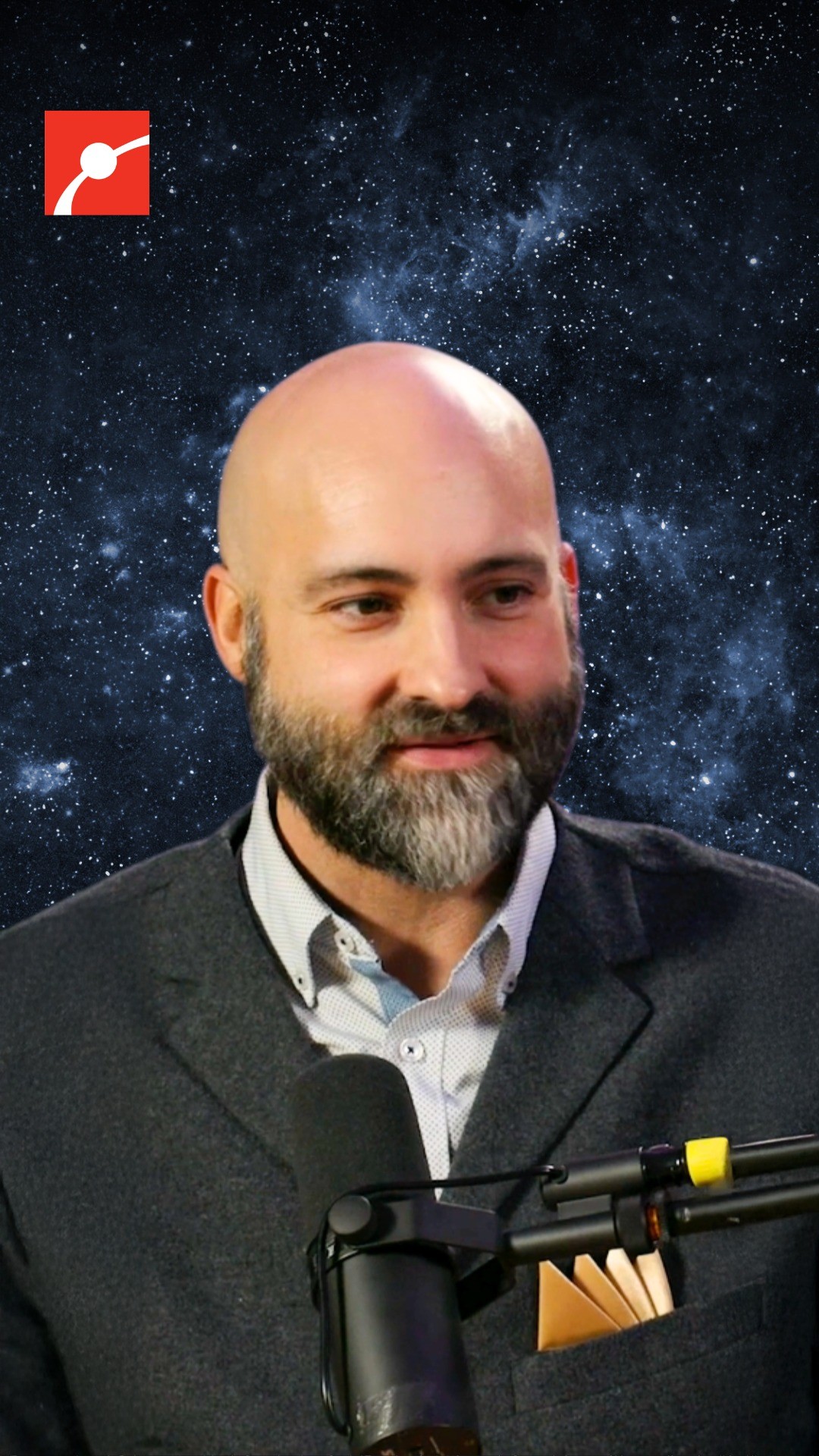- Cosmic strings are theoretical structures considered to be one-dimensional defects in the fabric of the universe.
- Originating from early universe symmetry-breaking events, cosmic strings could significantly impact space-time through their gravitational effects.
- The study of cosmic strings sits at the intersection of cosmology, quantum field theory, and general relativity, offering insights into fundamental physical laws.
- Their existence could potentially be observed through their gravitational influence on light, matter, and large-scale cosmic structures.
The concept of cosmic strings hails from the study of early universe physics, where the universe was highly energetic and dense. In this primordial state, physical forces such as the electromagnetic force, weak nuclear force, and strong nuclear force were unified. As the universe expanded and cooled, it is thought that these forces differentiated, a process known as symmetry breaking. This pivotal event could have left behind defects, or discontinuities, in the fabric of the universe, one of which is theorized to be cosmic strings.
Cosmic strings are envisioned as extremely narrow, incredibly dense, and indefinitely long objects. Their thickness is subatomic but their length can span across galaxies. Think of them as being similar to wrinkles or grooves that have formed during the expansion of a hot soup as it cools. Despite their infinitesimal width, they possess a mass-energy density that is tremendous. Their gravitational influence could stretch and warp space-time, producing potentially observable phenomena.
These structures hold a unique place in scientific inquiry because they might provide evidence for grand unification theories—models seeking to unify the fundamental forces governing the cosmos. By exploring cosmic strings, physicists can probe conditions of the universe when it was but a fraction of a second old, affording a glimpse into scales of energy and physics beyond what current particle accelerators can achieve. The power of cosmic strings lies in their ability to manipulate gravity and space-time, a feature that places them within the purview of general relativity.
Gravitational interactions of cosmic strings offer a fascinating window into their potential detection. Although direct observation is elusive, the gravitational lensing effect is a telltale sign scientists pursue. As a cosmic string passes between an observer and a distant light source, its highly concentrated mass-energy curves space-time, bending the trajectory of light. This can manifest as an unusual double image of a celestial object, adding a piece to unraveling the universe’s expansion history and structure formation.
Furthermore, cosmic strings could influence the large-scale structure of the universe. As these strings move and intersect, they could serve as seeds around which galaxies and galaxy clusters coalesce. The gravitational pull from a cosmic string could draw surrounding matter, bringing to light the string’s existence through its indirect impact on cosmic architecture. In this sense, cosmic strings bridge theoretical research and observational cosmology, making them a captivating subject of study.
Beyond observation, simulations and mathematical analysis play an integral role in understanding these cosmic phenomena. Advanced computational models allow scientists to simulate conditions and behaviors of cosmic strings, predicting phenomena that can then be sought in cosmic surveys. These simulations are guided by the equations of classical physics as well as quantum field theories, requiring sophisticated mathematical tools and high-performance computing to resolve.
Studies into cosmic strings reveal intersections with quantum mechanics, enhancing our understanding of cosmic inflation and the mechanisms that drove the universe’s rapid expansion just after the Big Bang. These intersections offer insights into the uncharted aspects of quantum gravity, a long-standing gap in modern physics attempting to reconcile the forces governing the quantum realm with the macrocosmic forces described by general relativity.
Even without direct evidence of cosmic strings, investigations are noteworthy for their contribution to fundamental physics. They offer a platform to test theoretical hypotheses and refine our grasp of early universe conditions. Every increment of knowledge brings physicists closer to a unified picture of the physical universe, driving inquiries that challenge conventional understanding.
In addition, cosmic strings kindle interest in alternative models of cosmic evolution and potential technological advances in detecting weak gravitational signals. The development of more refined sensors that can parse out the gravitational effects of such cosmic phenomena could eventually lead to groundbreaking discoveries, altering how humanity perceives space and time.
In wrapping up the discussion on cosmic strings, we find ourselves at the convergence of imagination and empirical science. While their existence remains speculative, just like black holes once did, they encapsulate profound questions about the origins and architecture of our universe. In continuing research into cosmic strings, scientists strive to illuminate the fundamental workings of the cosmos, enhancing our understanding of both the distant past and the expansive future that lies ahead.
*****
Source Description
What is a cosmic string?
@paulmsutter explains how these theoretical cracks in the universe would be able to manipulate space-time and gravity.
class=”instagram-media” data-instgrm-permalink=”https://www.instagram.com/reel/DEfmUi0vqDm/” data-instgrm-version=”14″ style=” background: border:0; border-radius:3px; box-shadow:0 0 1px 0 rgba(0,0,0,0.5),0 1px 10px 0 rgba(0,0,0,0.15); margin: 1px; max-width:540px; min-width:326px; padding:0; width:99.375%; width:-webkit-calc(100% – 2px); width:calc(100% – 2px);”>


